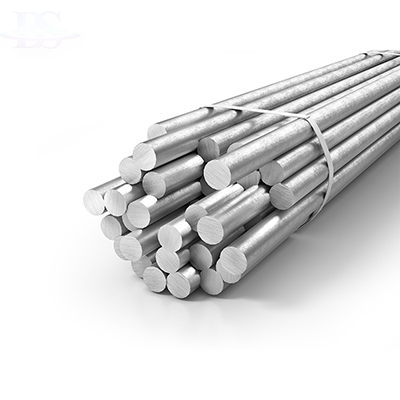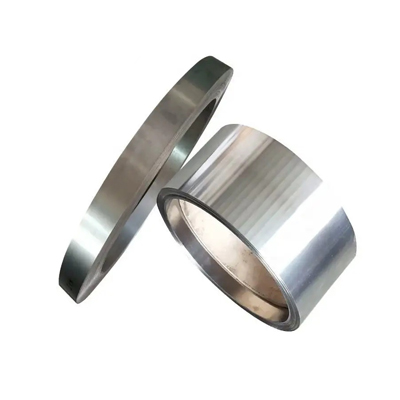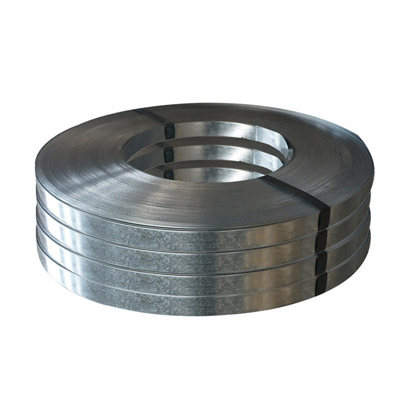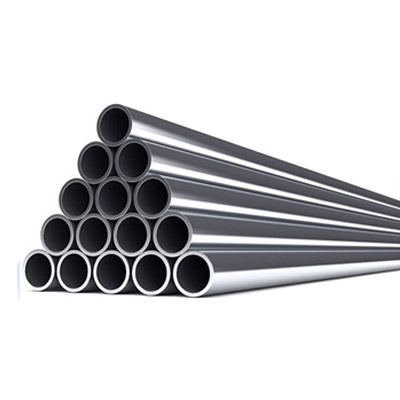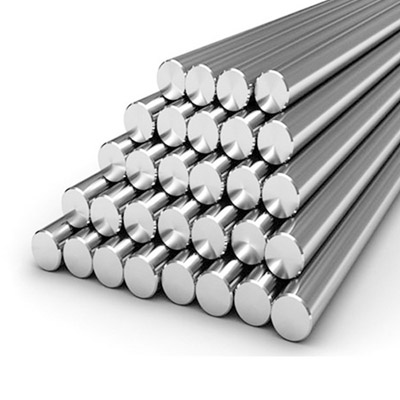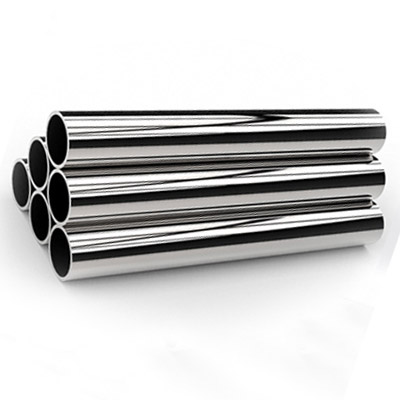Incoloy alloy 825 UNS N08825/W.Nr.2.4858 ASTM B424 sheet bar tube
Overview
INCOLOY alloy 825 (UNS N08825/W.Nr. 2.4858) is a nickel-iron-chromium alloy with additions of molybdenum, copper, and titanium. This alloy is designed to provide exceptional resistance to many corrosive environments. The nickel content is sufficient for resistance to chloride-ion stress-corrosion cracking. The nickel, in conjunction with the molybdenum and copper, also gives outstanding resistance to reducing environments such as those containing sulfuric and phosphoric acids. The molybdenum also aids resistance to pitting and crevice corrosion. The alloy’s chromium content confers resistance to a variety of oxidizing substances such as nitric acid, nitrates and oxidizing salt. The titanium addition serves, with an appropriate heat treatment, to stabilize the alloy against sensitization to intergranular corrosion.
Limiting Chemical Composition, %
Nickel ......................................................................................................................................................................................................38.00-46.00
Iron.............................................................................................................................................................................................................22.00 min.
Chromium................................................................................................................................................................................................19.50-23.50
Molybdenum ...............................................................................................................................................................................................2.50-3.50
Copper .........................................................................................................................................................................................................1.50-3.00
Titanium.......................................................................................................................................................................................................0.60-1.20
Carbon..........................................................................................................................................................................................................0.05 max.
Manganese ..................................................................................................................................................................................................1.00 max.
Sulfur ...........................................................................................................................................................................................................0.03 max.
Silicon ..........................................................................................................................................................................................................0.50 max.
Aluminum.....................................................................................................................................................................................................0.20 max.
Physical Constants
Density |
lb/in^3...............................................................................................0.294 |
g/cm^3...............................................................................................8.14 | |
Specific Heat |
Btu/lb•°F...........................................................................................0.105 |
J/kg•°C................................................................................................440 | |
Melting Range |
°F..............................................................................................2500-2550 |
°C.............................................................................................1370-1400 | |
Curie Temperature |
°F……...….........................................................................................….<-320 |
°C............…....................................................................................….<-196 | |
Permeability |
at 200 oersted (15.9 kA/m)............................................................1.005 |
Mechanical properties
INCOLOY alloy 825 has good mechanical properties from cryogenic temperatures to moderately high temperatures. Exposure to temperatures above about 1000°F (540°C) can result in microstructural changes (phase formation) that significantly lower ductility and impact strength. For that reason, the alloy is not normally used at temperatures where creep-rupture properties are design factors.
Compressive yield strength of the alloy is similar to tensile yield strength. Tests on annealed rod of 1.0-in. (25-mm) diameter produced a compressive yield strength (0.2% offset) of 61,400 psi (423 MPa) compared with a tensile yield strength of 57,500 psi (396 MPa). Ultimate tensile strength of the material was 104,500 psi (720 MPa).
INCOLOY alloy 825 has good impact strength at room temperature and retains its strength at cryogenic temperatures.
Tensile-properties
|
Form and Condition |
Tensile Strength |
Yield Strength (0.2%Offset) |
Eongation, % |
||
ksi |
MPa |
ksi |
MPa |
||
Tubing,Annealed |
112 |
772 |
64 |
441 |
36 |
Tubing,Cold Drawn |
145 |
1000 |
129 |
889 |
15 |
Bar,Annealed |
100 |
690 |
47 |
324 |
45 |
Plate,Annealed |
96 |
662 |
49 |
338 |
45 |
Sheet,Annealed |
110 |
758 |
61 |
421 |
39 |
Corrosion Resistance
The outstanding attribute of INCOLOY alloy 825 is its high level of corrosion resistance. In both reducing and oxidize environments, the alloy resists general corrosion, pitting, crevice corrosion, intergranular corrosion, and stress-corrosion cracking. Some environments in which INCOLOY alloy 825 is particularly useful are sulfuric acid, phosphoric acid, sulfur-containing flue gases, sour gas and oil wells, and sea water
Heat treatment
The heat treatment process of Incoloy alloy 825 mainly includes solution treatment and aging treatment. Solution treatment is to heat the alloy to a certain temperature, so that all phases in the alloy are fully dissolved, and then quickly cooled to obtain a single-phase structure. Aging treatment is to heat the alloy after solid solution treatment to a certain temperature, so that the phase in the alloy is precipitated again to obtain the required mechanical properties.
During heat treatment, factors such as temperature, time and cooling rate affect the properties of Incoloy alloy 825. Therefore, it is necessary to determine the best heat treatment process parameters according to the specific alloy composition and product requirements.
Hot and Cold Forming
The hot-working range for INCOLOY alloy 825 is 1600 to 2150°F (870 to 1180°C). For optimum corrosion resistance, final hot working should be done at temperatures between 1600 and 1800°F (870 and 980°C).
Cooling after hot working should be air cool or faster. Heavy sections may become sensitized during cooling from the hot-working temperature, and therefore be subject to intergranular corrosion in certain media. A stabilizing anneal (see above)restores resistance to corrosion. If material is to be welded or subjected to further thermal treatment and subsequently exposed to an environment that may cause intergranular corrosion, the stabilizing anneal should be performed regardless of cooling rate from the hot-working temperature.
Cold-forming properties and practices are essentially the same for INCOLOY alloy 825 as for INCONEL alloy 600.Although work-hardening rate is somewhat less than for the common grades of austenitic stainless steels, it is still relatively high. Forming equipment should be well powered and strongly built to compensate for the increase in yield strength with plastic deformation.
Available Forms
We provide you with a variety of product forms, including but not limited to
● Bar & Rod
● Pipe & Tube
● Coil & Strip
● Plate & Sheet & Circle
● Wire & Welding
● Fitting (Flange, Elbow, Tee...)
● Customize
description2



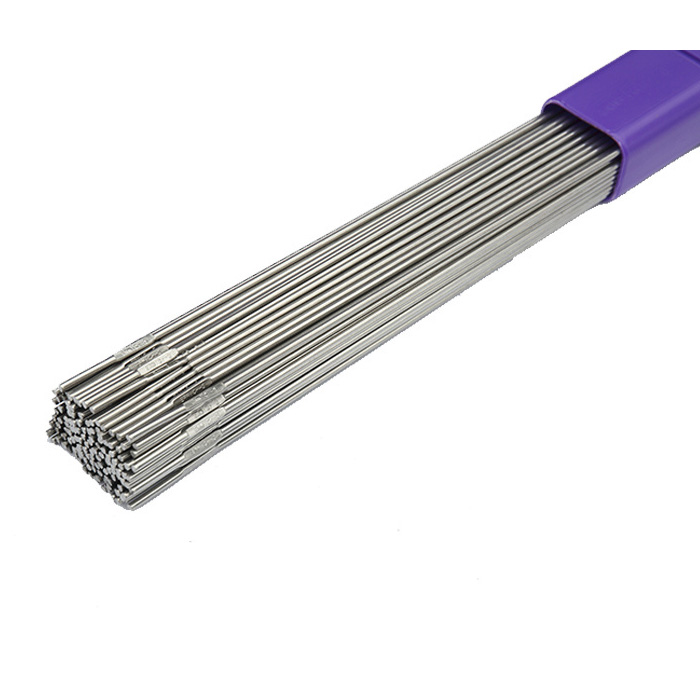 Inconel 625
Inconel 625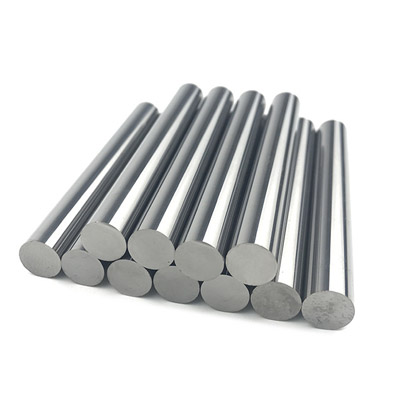 Inconel 718
Inconel 718 Inconel 725
Inconel 725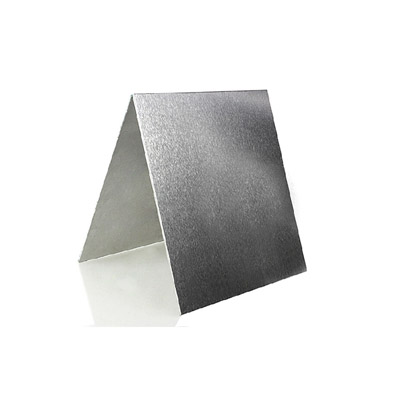 Inconel X-750
Inconel X-750 Inconel 690
Inconel 690 Inconel 617
Inconel 617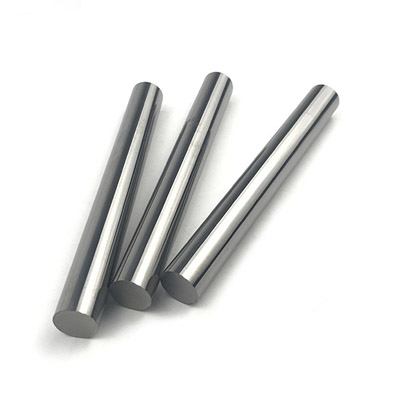 Inconel 601
Inconel 601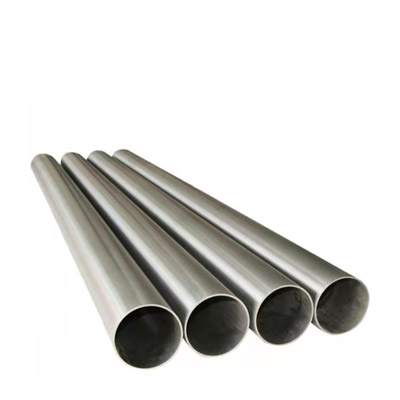 Inconel 600
Inconel 600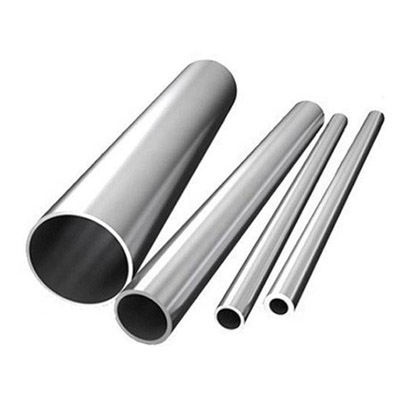 Inconel 686
Inconel 686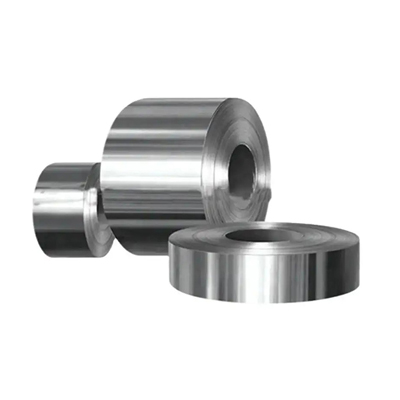 Inconel 602CA
Inconel 602CA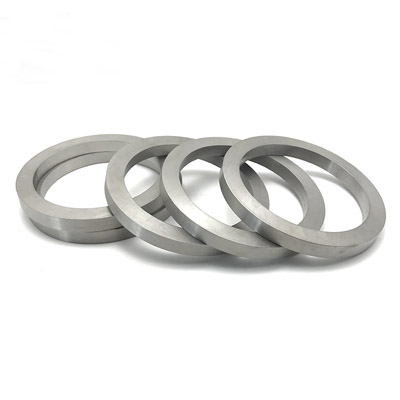 Incoloy A-286
Incoloy A-286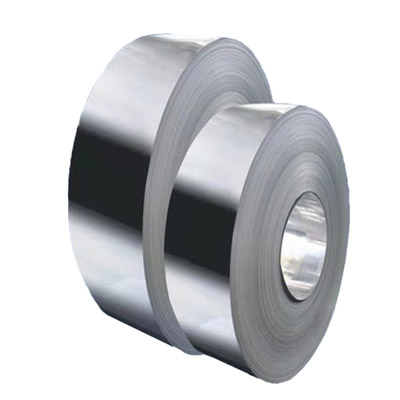 Incoloy 825
Incoloy 825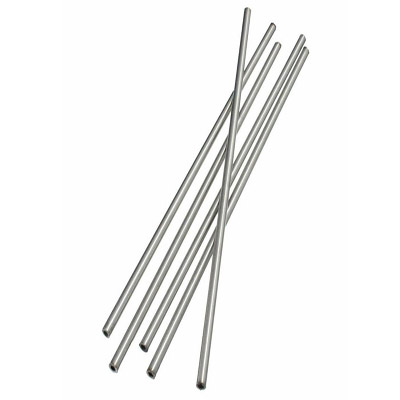 Incoloy 925
Incoloy 925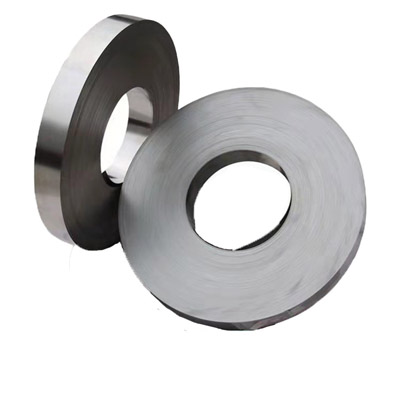 Incoloy 926
Incoloy 926 Incoloy 800
Incoloy 800 Incoloy 800H
Incoloy 800H Incoloy 800HT
Incoloy 800HT Incoloy 909
Incoloy 909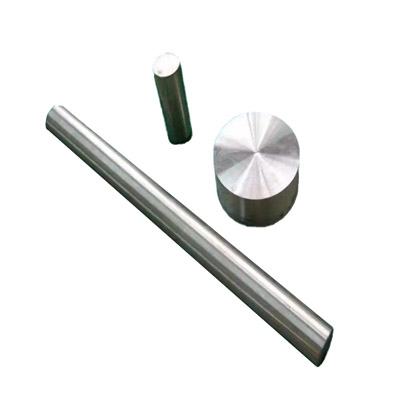 Incoloy 31
Incoloy 31 Incoloy 901
Incoloy 901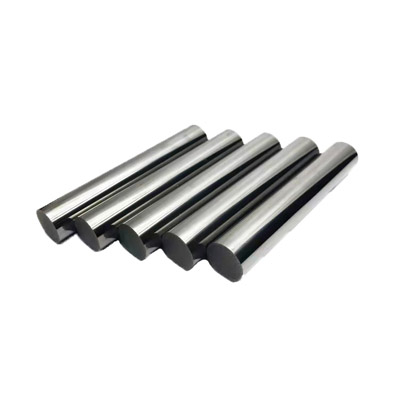 Monel K-500
Monel K-500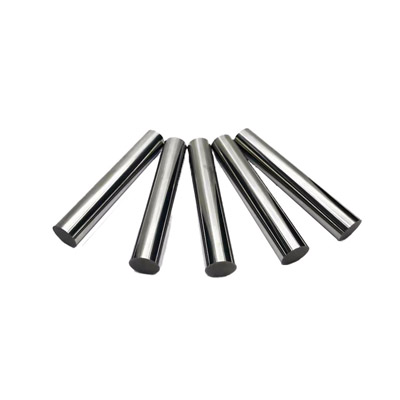 Monel 400
Monel 400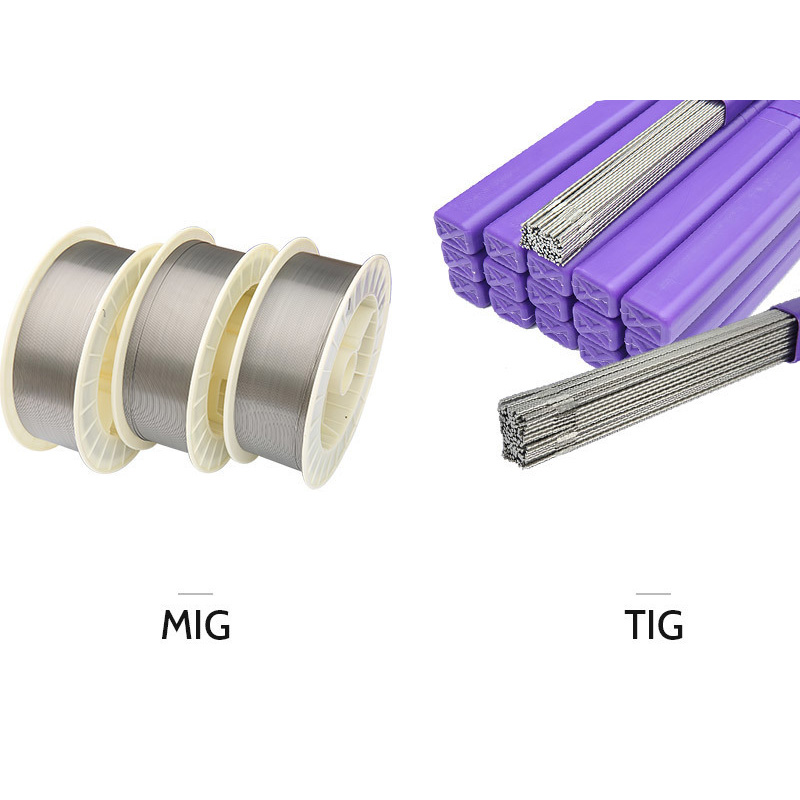 Nimonic 263
Nimonic 263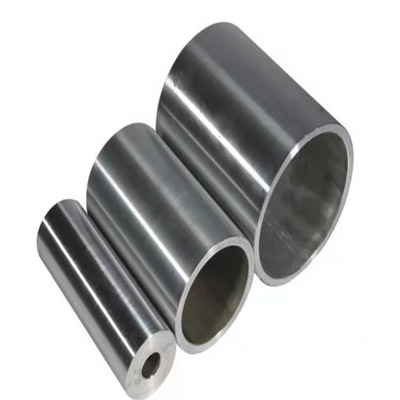 Nimonic 75
Nimonic 75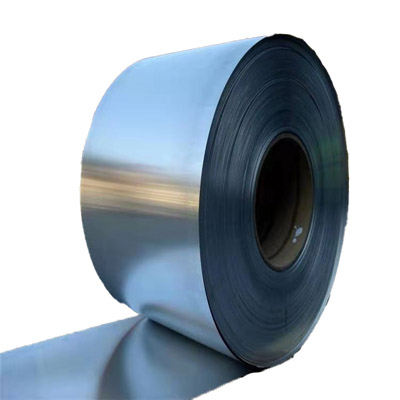 Nimonic 80A
Nimonic 80A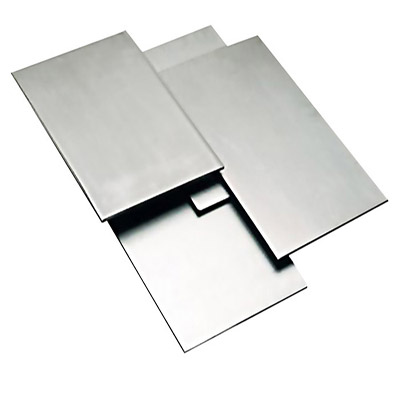 Nimonic 90
Nimonic 90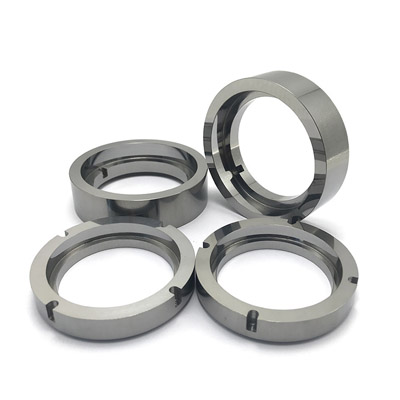 Nimonic PE11
Nimonic PE11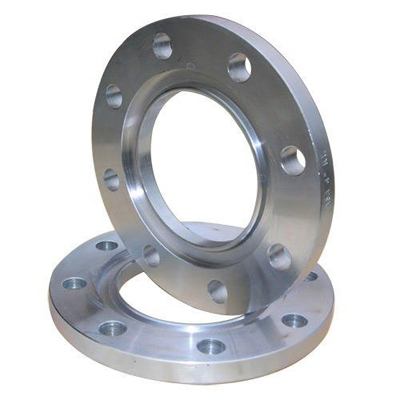 Nimonic PE16
Nimonic PE16 Nimonic PK33
Nimonic PK33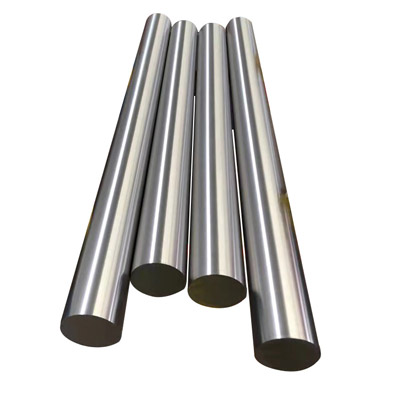 Nimonic 901
Nimonic 901 Nimonic 81
Nimonic 81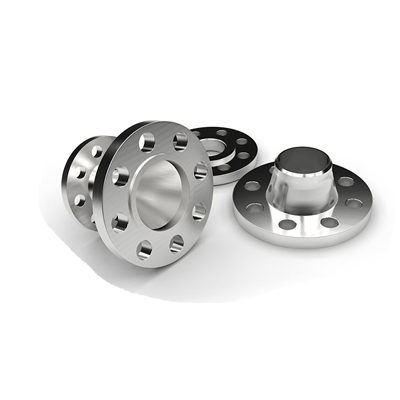 Nimonic 86
Nimonic 86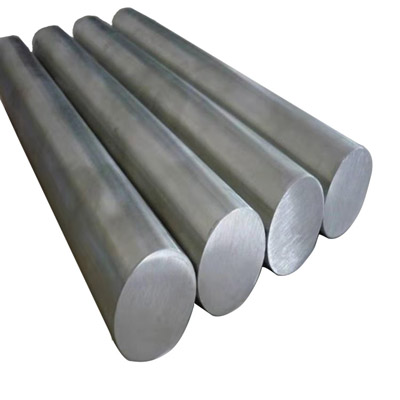 Nimonic 105
Nimonic 105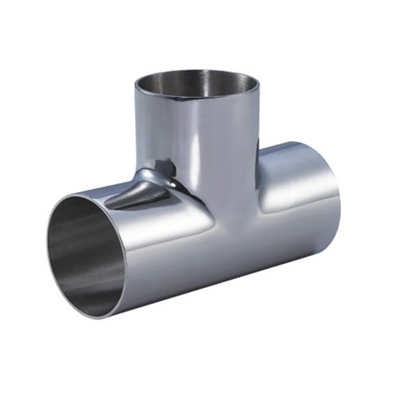 Nimonic 115
Nimonic 115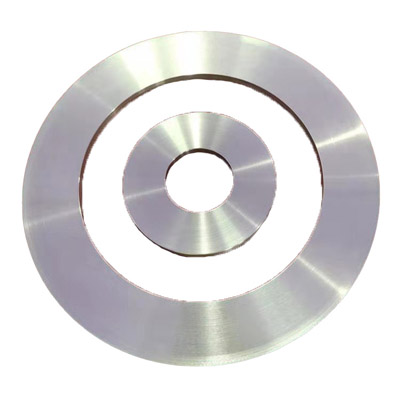 Hastelloy C-276
Hastelloy C-276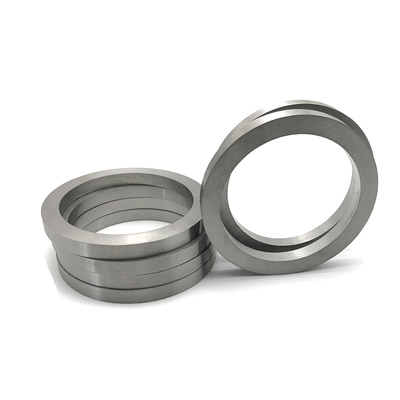 Hastelloy C
Hastelloy C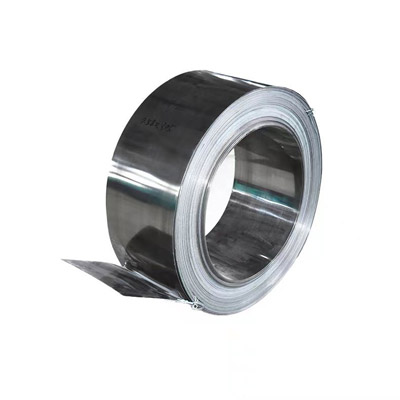 Hastelloy C4
Hastelloy C4 Hastelloy C-22
Hastelloy C-22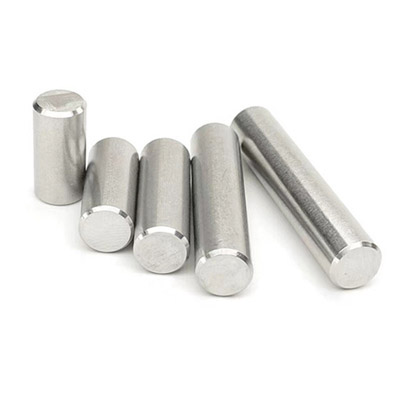 Hastelloy C-2000
Hastelloy C-2000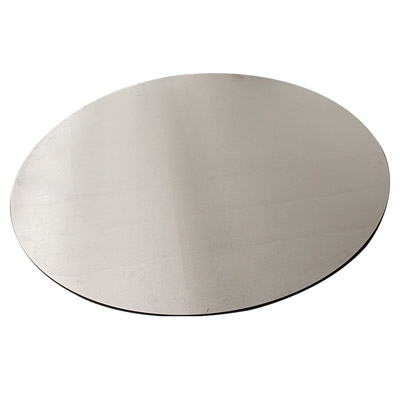 Hastelloy B-2
Hastelloy B-2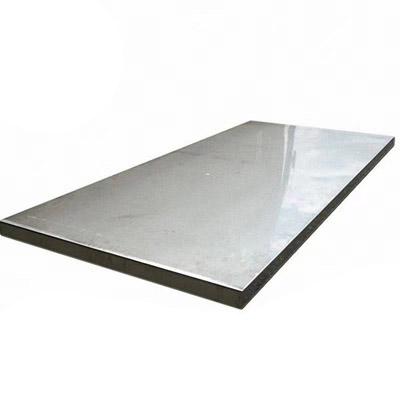 Hastelloy B-3
Hastelloy B-3 Hastelloy G30
Hastelloy G30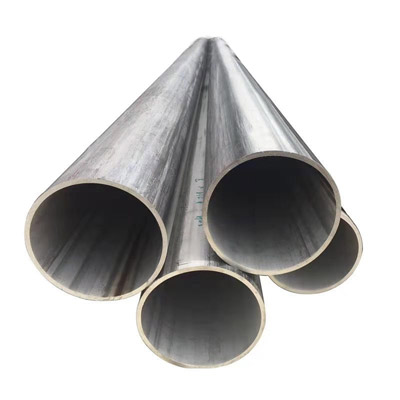 Hastelloy X
Hastelloy X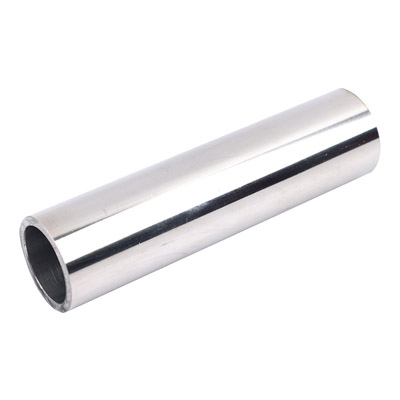 Super Invar 32-5(4J32)
Super Invar 32-5(4J32)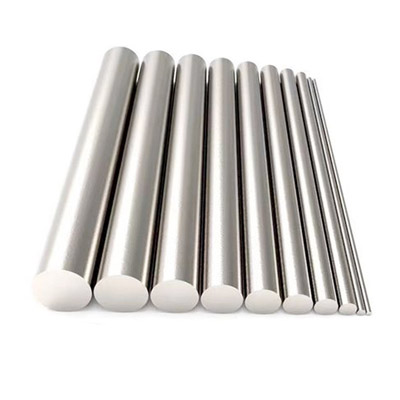 Alloy 36(4J36)
Alloy 36(4J36)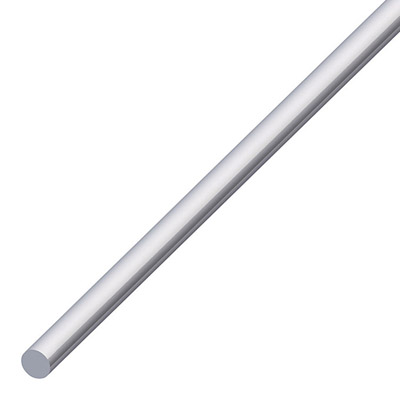 Alloy 42(4J42)
Alloy 42(4J42) Alloy 50(1J50)
Alloy 50(1J50) Hiperco 50(1J22)
Hiperco 50(1J22)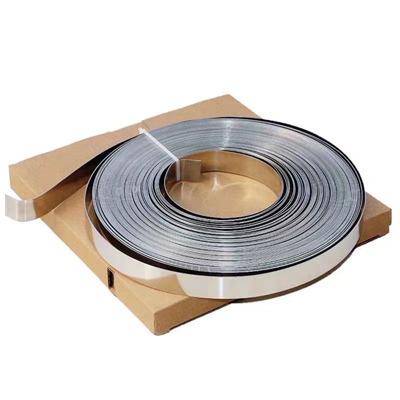 Alloy 46
Alloy 46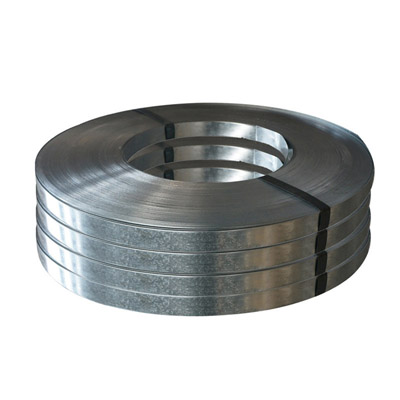 Permalloy (1J79)
Permalloy (1J79) Supermalloy(1J85)
Supermalloy(1J85)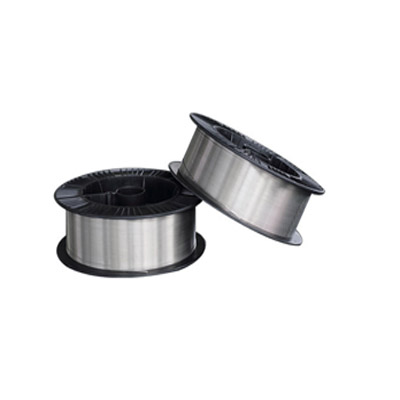 ERNiCrMo-2
ERNiCrMo-2 ERNiCrMo-3
ERNiCrMo-3 ERNiCrMo-4
ERNiCrMo-4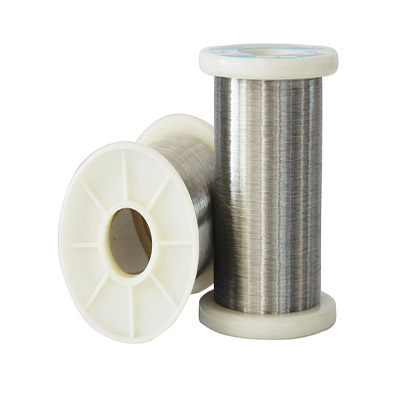 ERNiCrFe-7
ERNiCrFe-7 ERNiCrFe-7A
ERNiCrFe-7A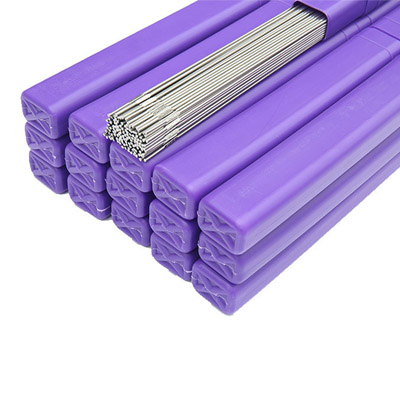 ERNiCrMo-10
ERNiCrMo-10 ERNiCrCoMo-1
ERNiCrCoMo-1 ERNiFeCr-2
ERNiFeCr-2 ERNiFeCr-1
ERNiFeCr-1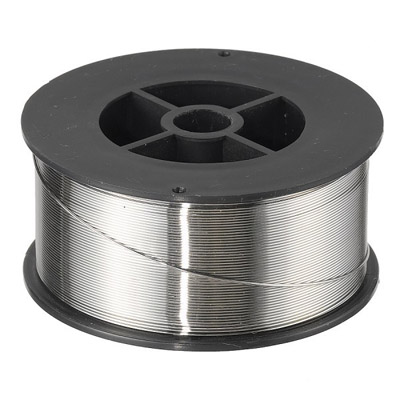 ERNiMo-8
ERNiMo-8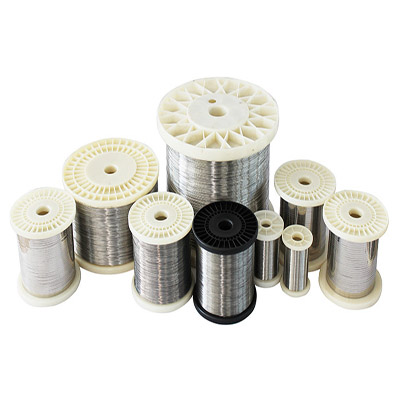 ERNiCrMo-13
ERNiCrMo-13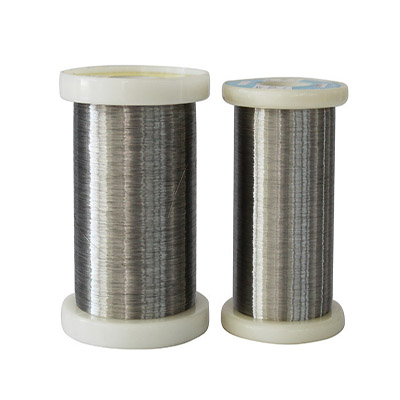 ERNiCr-4
ERNiCr-4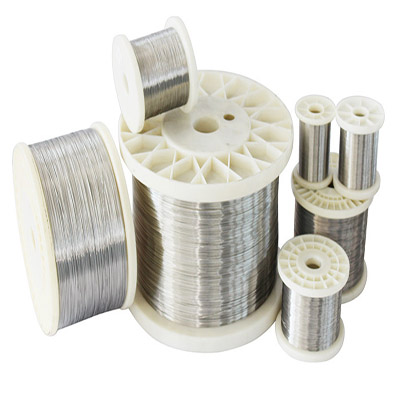 ERNiCr-3
ERNiCr-3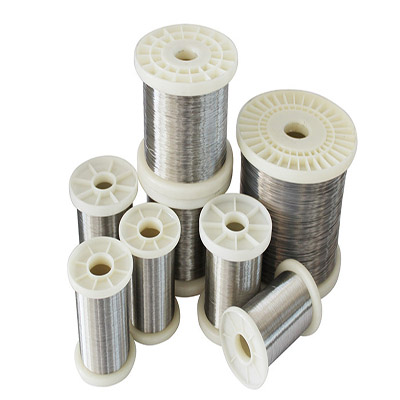 ERNi-1
ERNi-1 Haynes-25
Haynes-25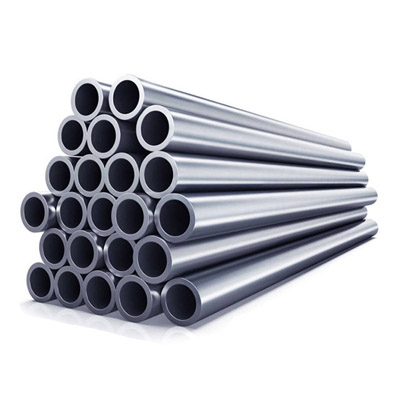 Hayness-188
Hayness-188 MP35N
MP35N Refractory 26
Refractory 26 Waspaloy alloy
Waspaloy alloy 17-4PH
17-4PH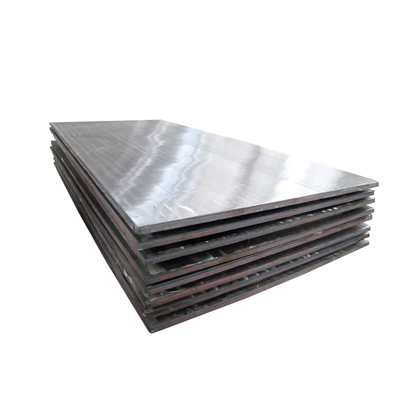 17-7PH
17-7PH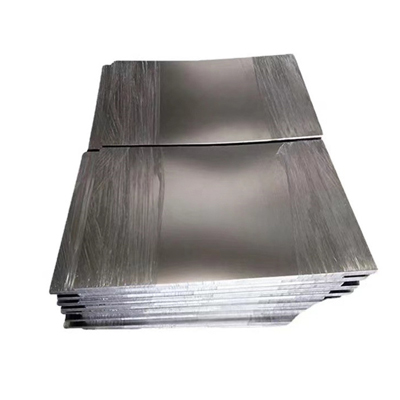 904L
904L Nitronic 50
Nitronic 50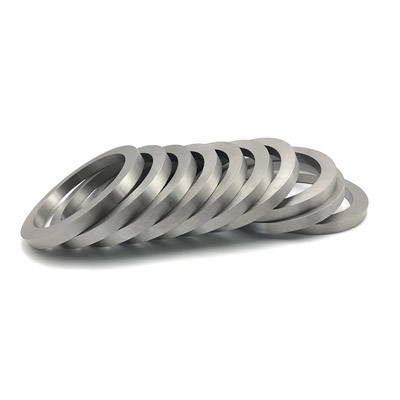 Nitronic 60
Nitronic 60 AL-6XN
AL-6XN F55
F55 PH 13-8
PH 13-8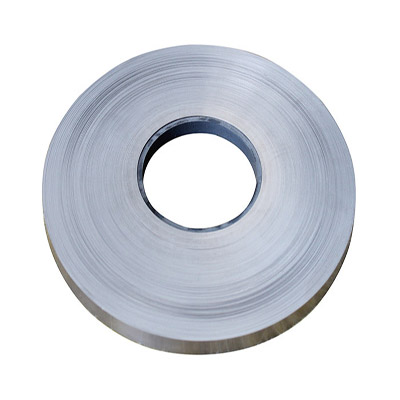 Haynes-230
Haynes-230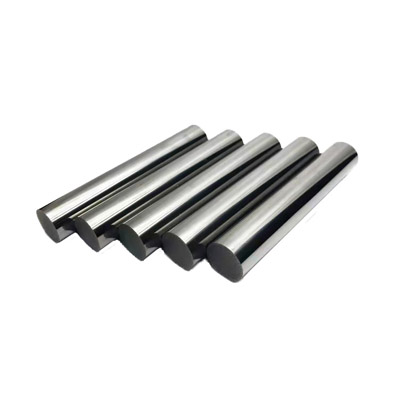 Nickel 200
Nickel 200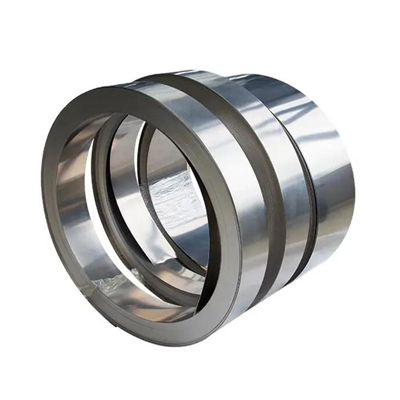 Cr20Ni80
Cr20Ni80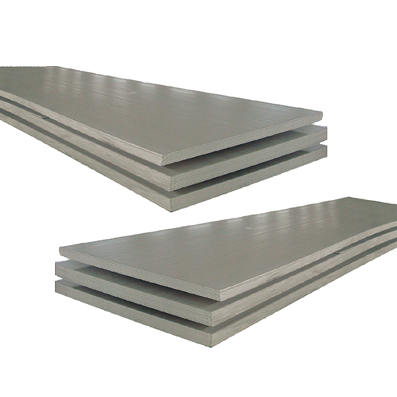 Sheet & Plate
Sheet & Plate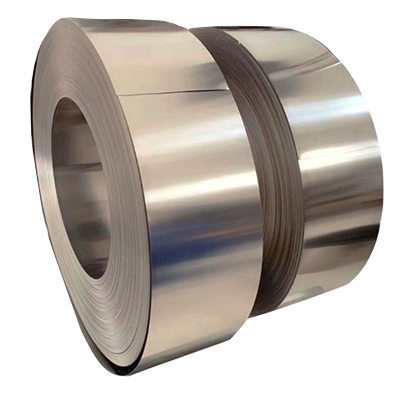 Strip & Foil
Strip & Foil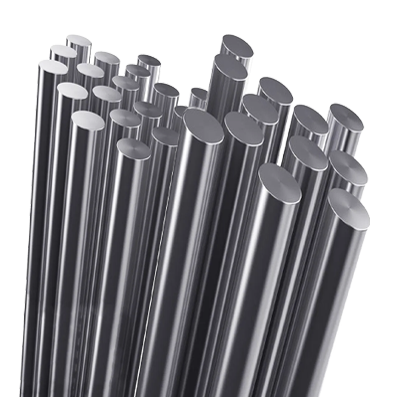 Bar & Rod
Bar & Rod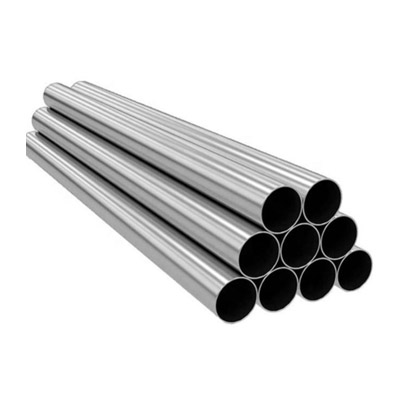 Pipe & Tube
Pipe & Tube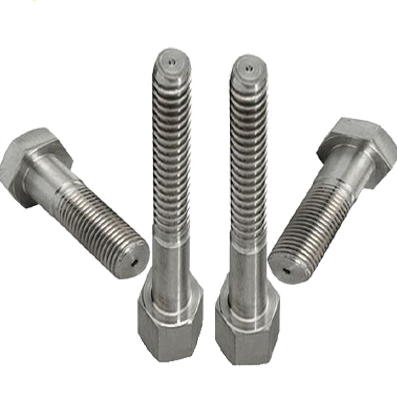 Bolts & Fasteners
Bolts & Fasteners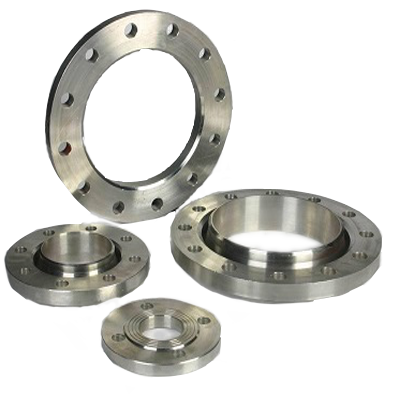 Flange & Ring
Flange & Ring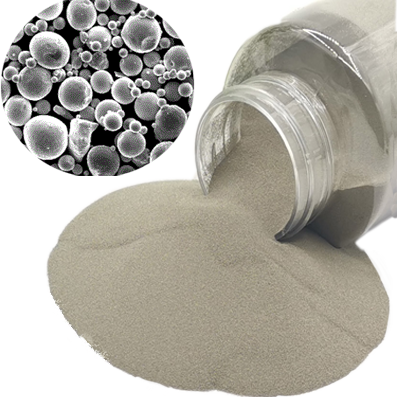 Nickel Alloy Powder
Nickel Alloy Powder

